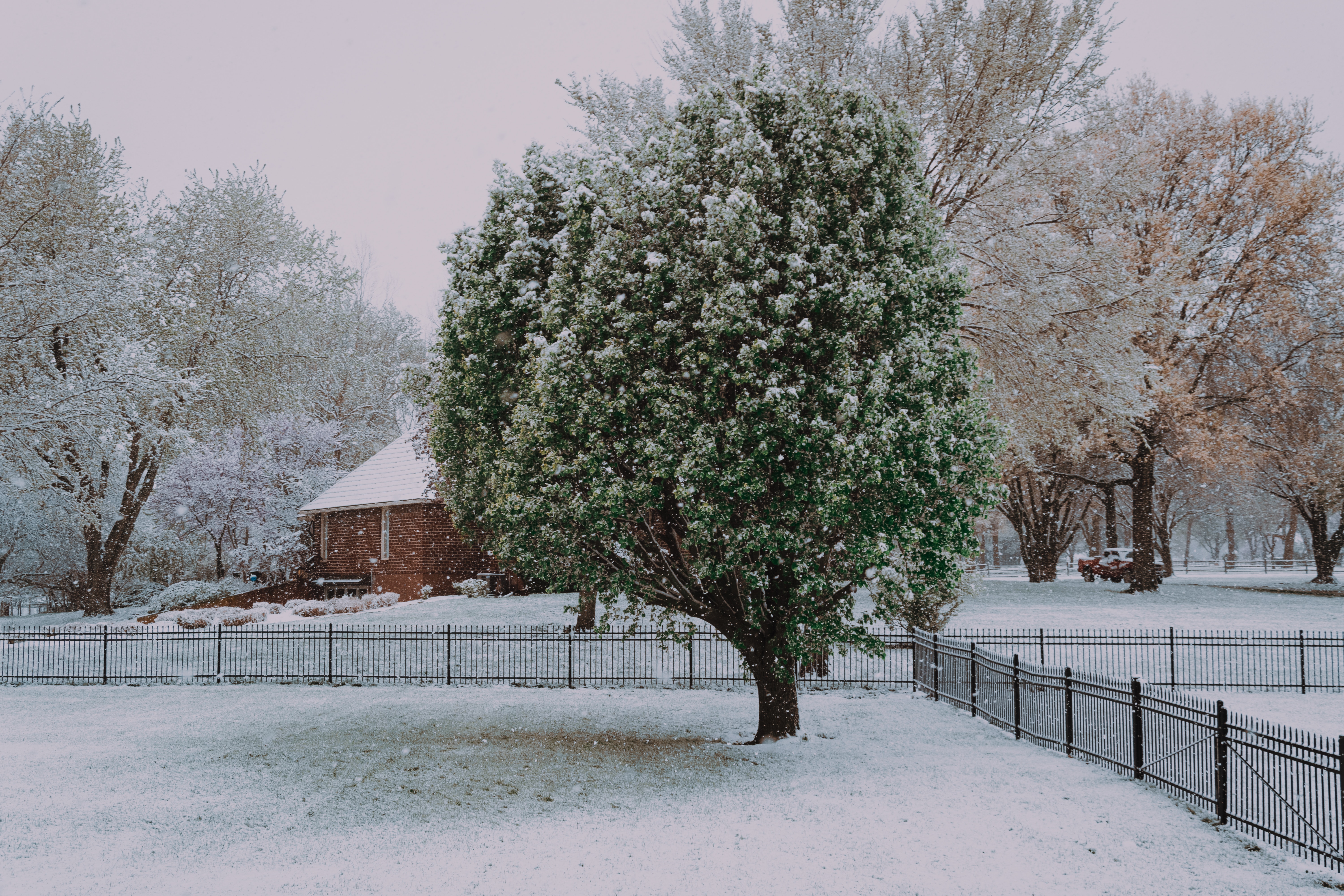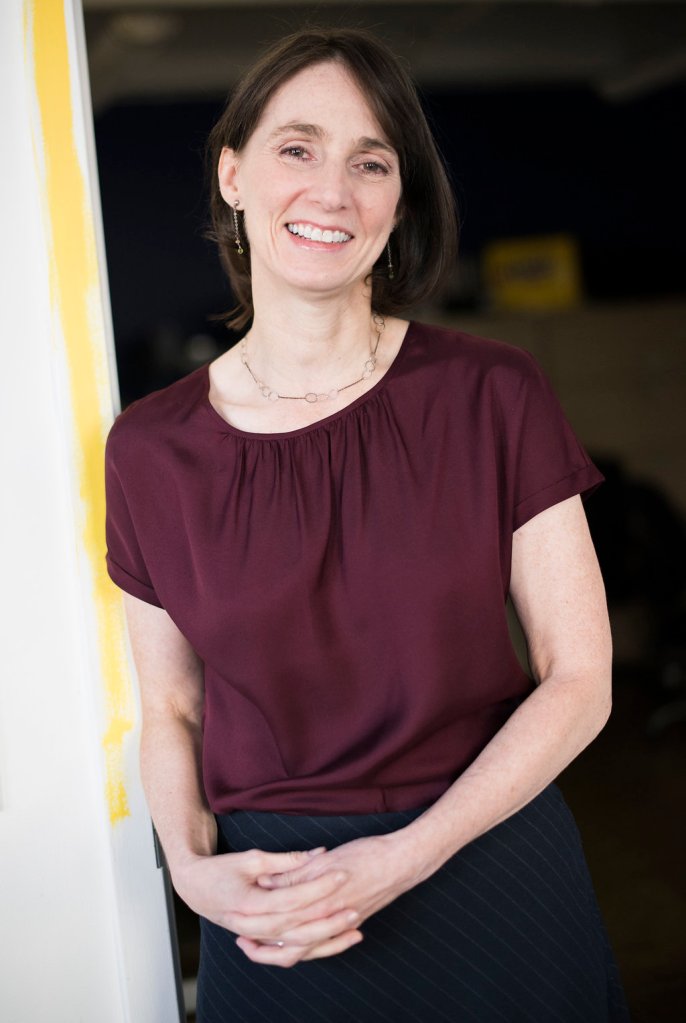
Deep in the dead of winter, not long after the Solstice, we wake to the illusion of summer, to the brightest daylight of the year. Perihelion. Those few short hours when the Earth moves closest to the sun.
To a six-year-old in the Northern Hemisphere, Perihelion can be confusing: the light streaming through your windows looks like June; outside, the snow stands as high as your chest.
One January morning in my hometown north of Chicago, I awoke to that light bouncing off snow glistening beneath a polished sheen. Overnight, as the snow fell, temperatures had bobbed below zero, then above, then below again, leaving mounds of dense fluff capped by a thin, delicate crust of ice. My mother was still alive then. I ran outside without a coat and shoes, chasing after the sparkle. I recognized it—the crystalline flutter, the glassy shine. Together, they offered me a chance to perform what felt like a miracle — to stand on top of snow.
As it zooms through its orbit, Earth accelerates as it nears the sun, then pulls away, as though it’s conflicted about their relationship. At Perihelion, because of the tilt of its axis, Earth is leaning away, as though Sun moved in for a kiss and Earth had a change of heart.
The frigid air piercing my nightgown didn’t slow me down, because I knew that glittery snow wouldn’t last long, and I was willing to suffer for a few moments if it meant I could defy gravity. The darkness that would consume my mother a few years later had made its first appearances, but at that time it was an eclipse that would slide over her, then away again. On those especially bright days, she would listen for the door, to catch me before I could slip outside half dressed. This morning I slipped by her. By the time she reached the foyer, I was already leaning over the high white wall piled on our front lawn, wriggling onto it like a harp seal, chest and shoulders first.
With the glare of the sunshine blinding me, I could see her only in silhouette. She tried to coax me back inside, but even as she warned frostbite would make my toes fall off, I detected laughter in her voice. Pretending not to hear her, I tucked my feet under me, felt the smooth skin of ice against my soles, and rose to standing, slowly. For a moment, I froze in amazement, as the fragile crust held. My mother changed her tack now, warning me that I was too grown up, too big, that the thin little layer of ice beneath me would surely, any second, crack.
But the Earth was leaning back, way back. Our seasons mostly depend not on our changing proximity to the sun, but on how directly its rays shine on us. At Perihelion, we two are as close as we will ever be. The sun sends out its waves straight and true, yet because the Earth is in its reticent phase, they arrive on the Northern Hemisphere oblique, diffuse. No warmth, but we receive the light, that brilliant light, a promise of heat to come.
I eased out, one step, then another, walking on snow, and I did not snap through. My mother stopped exhorting me to come in, and started calling out instructions instead. “Go gently. Gennnnt-leeeee. That’s it. Balance your weight evenly on both feet. Stand up tall. Glide, don’t step!”
Like a heart that beats faster at the approach of a special someone, Earth reaches top speed when it achieves Perihelion. It stays but a moment. Arriving in January, amid the long stretch of short days and post-holiday stillness, we linger just long enough to remember that the sun’s warmth still exists, it is out there and will return. The Earth speeds away, sidling a bit further out of Sun’s reach, and we slip into winter’s dark once again.
My arms stuck out at my sides, I slid and scooted around as if on a tightrope, circling gingerly, concentrating on my bluing feet. They were heavy and numb when I completed my orbit and faced the front door, my mother still in shadow. She stepped into the light, asking, “Are you ready to come in now?” And there it was, in her laughing voice and her smile – half vexed, half amused – the heat I’d sought, mistakenly, in the glare of the sun.
*
The Story Behind the Story:
My writing group gets a lot of credit for this essay. They’d been encouraging me to include more
scenes in my memoir-in-progress of my mother when she was alive. I don’t have a lot of
memories of her, which led to this long, wonderful conversation about memories and epiphanies
we’d all excavated through writing. I was ruminating on that when around the same time I heard
a Star Talk (I think?) podcast about perihelion. And then one day, I sat down to write a scene
about January 2002, and this memory of January in the early 1970s came pouring out instead.
Initially, I tried to work it into my memoir, but my writers group unanimously agreed it didn’t fit.
But it worked as an essay. Freeing it from the book freed me up to play with the rhythm and
flow, and to experiment more. The poet in my writers group pushed me to weigh the sound and
beat of every word, and the science writers pushed me to be more precise about Earth’s orbit,
perihelion, light. And then I somewhat neurotically triple-checked the most obvious facts of the
essay with, like, NASA. (This essay is also when I developed my irrational fear of being mocked
on Twitter by Neil DeGrasse Tyson.)
And then when it ran in Entropy, editor Sara Finnerty moved a sentence from near the end to the
third graf, and it was one of those genius edits that I wished I’d thought of myself.
Ruminating, experimenting, collaborating with good friends and talented editors — this essay
exists because of all the things that (to me) make writing a joy.

Kelly Caldwell’s articles, opinion, and essays have appeared in Vox, Newsday, Essay Daily, and House Beautiful, among many others. She lives in New York City, where she wears shoes outdoors in all seasons and works as dean of faculty for Gotham Writers Workshop.
“Perihelion” was previously published in Entropy magazine.
Photo by Frames For Your Heart on Unsplash.
Extraordinary, astonishing piece, it gleams ~
I see what you did there, Guy! Thanks!
Amazing. What a beautiful essay.
Thanks so much!
Beautifully written Kelly. I can picture just where you were!
Thank you, Joni! No doubt you did the same! 🙂